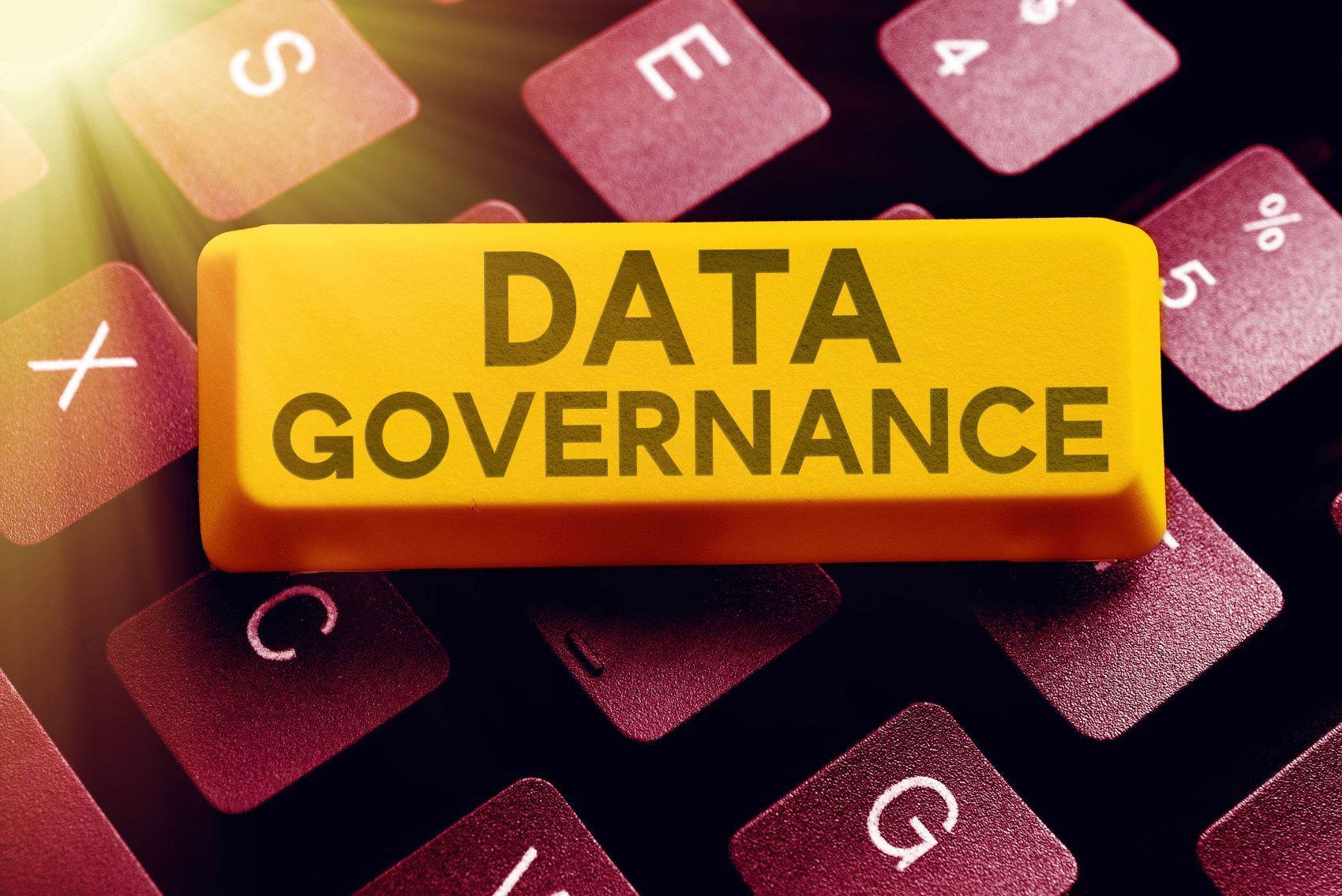
How to Navigate Data Governance Implementation
www.informationweek.com
Tyler Ditto, Principal Customer Success Manager, ImmutaFebruary 10, 20254 Min Read Panther Media GmbH via Alamy StockEstablishing a data governance framework is essential for any organization, but as technology evolves, so does the process of implementing an effective, future-proof data governance program.Whether youre just beginning to explore data governance or are looking to refine your existing framework for future scalability, heres what you can expect to face throughout your journey and how to keep all stakeholders engaged and productive.Proof of ConceptThe first step is proof of concept (POC). Before signing a contract with a data governance platform provider, you must outline the features and functionality that are must-haves to support your business value and initiatives. This may include the need for a solution that will connect with your cloud storage and compute platforms, or a tool that requires SQL expertise to work with your long-term growth goals.Clearly define the POCs scope and success criteria with decision-making stakeholders to help simplify the evaluation and transition to the next steps. The most successful organizations document their goals, understand who the stakeholders are, and define the long-term business problems they want to solve. This documentation approach helps hold everyone accountable for what needs to be achieved and what the goal line is in order to move forwardRelated:Technical Implementation/DeploymentTechnical implementation/deployment is the next phase, which focuses on designing the architecture to fit your new tool into your data ecosystem, including integrating it with the existing technologies in your tech stack.To implement your data governance solution, its key to have a strong vision of where you want to go. At this stage, its easy to want to pursue a fully integrated, end-to-end platform, but you should instead focus on integrating the technologies that are absolutely necessary to execute a minimum viable product (MVP).Sitting down with decision-makers and stakeholders, as well as the support team, helps to align the vision, roadmap and strategy for rolling out the platform. This ensures that the teams agree on how to successfully deploy a product in terms of instance sizing, integration selection and design, resource planning, and workstream prioritization.Minimum Viable ProductThe MVP phase is the pivotal point in the customer life cycle. This is where you begin to design and validate the people and processes involved in fully deploying and driving the adoption of your data governance platform. This phase determines whether an organization has a strong strategy, is prepared to scale across business units and divisions, and can navigate obstacles that may arise in the following phases.Related:The MVP will highlight any gaps in preparedness or commitment to being able to see your project through to its desired end state. Your teams, as well as the platform support team, must share a strong understanding of how data owners, stewards, governors, engineers and users will interact with data and with each other.At large enterprises, this is often the point at which the data marketplace, mesh or fabric concept is woven into the solution to ensure it is fully integrated into the organizations data strategy. Completing this phase means leveraging the newly established processes to go live with data users in production and then evaluating and optimizing deployment over the coming phases of adoption.Strategy and AdoptionNext, we move to the strategy and adoption phase. This is when you work with your governance platform support team to review your MVP in retrospect, refine processes, close any gaps in your adoption strategy, and then put it all to work.A best practice at this stage is to develop a Center of Excellence (CoE) that creates support lanes for various stakeholder groups and thus avoid bottlenecks as you scale. Your platform support team should help with this by identifying CoE leaders, training processes, and communication strategies for each business unit to build a strong foundation for successful adoption.Related:When your focus shifts to driving adoption, youll naturally start to think more long-term. This includes diligent demand planning to understand which users will adopt the product, when they will do so, and whether that aligns with your product licensing. By focusing your stakeholders and executives attention on demand planning, youll ensure that you have a clear plan for how your platform will be used in the near term and a predictive plan for how the rest of your organization will adopt and begin to realize ROI.Starting Your Data Governance ImplementationThe length of data governance implementation depends on your organization. The more cohesive your team is with your new platforms support team, the better youll be able to plan effectively and move through these phases efficiently. Work with your support team to schedule quarterly planning workshops, business reviews and program incremental planning exercises. This will set you up for long-term success by ensuring your team is aligned in understanding the roadmap and execution strategy. Then you can put your data to work and start seeing results faster and confidently.About the AuthorTyler DittoPrincipal Customer Success Manager, ImmutaTyler Ditto is a seasoned consultant with extensive experience in implementing data governance programs and technologies. Over the past 4 years with Immuta, Tyler has successfully led several projects with Immuta, helping organizations establish robust frameworks for managing, securing, and leveraging their data. With a passion for bridging the gap between business and technology, Tyler specializes in delivering practical, scalable solutions that drive organizational efficiency and compliance.See more from Tyler DittoNever Miss a Beat: Get a snapshot of the issues affecting the IT industry straight to your inbox.SIGN-UPYou May Also LikeWebinarsMore WebinarsReportsMore Reports
0 Commentarii
·0 Distribuiri
·73 Views


